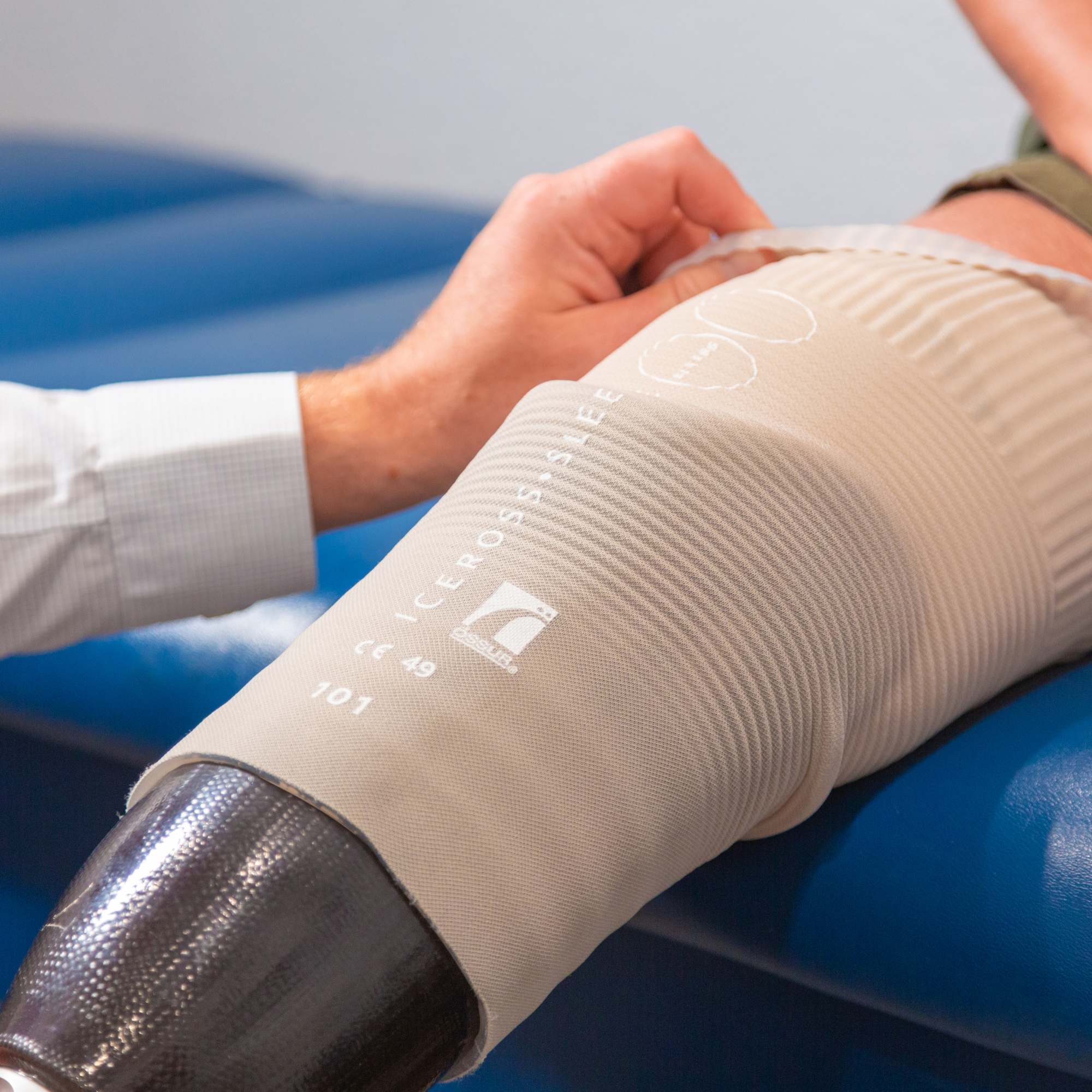About Leg Amputation
Many people undergoing an amputation may feel overwhelmed or lost. It may feel as if your life has been turned upside down. But whatever type of amputation you experience, it is important to remember that it does not change who you are as a person. By relying upon experts, including a certified prosthetist, and participating as an active member of your rehabilitation team, you may realize the ultimate goal of restoring mobility and resuming a life without limitations.
Please note that the information provided on this site should not be considered medical advice. It is only intended to help you communicate with your healthcare providers. Always seek and listen to the advice of your physician and your care team when evaluating your individual medical and prosthetic options.
Historically, there has never been a better time to be living with limb loss. Modern technology is helping amputees live their best lives every day. Combining innovative prosthetic solutions with the experience of inspiring influencers, can help you adapt and resume doing the things you love, although sometimes it may be in new ways.
Definition of amputation
Amputation is the removal of limb(s), parts of limbs or soft tissue - either through trauma or surgically during an operation.
Reasons for amputation
According to data from the Amputee Coalition, the main causes for lower limb amputation are vascular disease (54%), trauma (45%) and cancer (less than 2%).
There are 500 amputations every day the United States (Amputee Coalition). Transtibial (below the knee) amputations are the most common, representing approximately 71% of all amputations.
Diabetes affects an estimated 8.3% of the U.S. population and the number of amputations caused by diabetes increased by 24% from 1988 to 2009. The International Diabetes Federation predicts that the current global prevalence of diabetes will escalate from 285 million people to 435 million by 2030. It is also projected that the number of diabetic-related amputations will more than double by 2050.
Glossary of terms
These common terms describe different types of amputation:
A. Residual limb: the portion of a limb remaining after an amputation.
B. Transfemoral amputation: amputation through the thigh bone, between the hip and the knee, also called “above knee” or “AK.“
C. Knee disarticulation: amputation through the knee joint, also called a “KD.“
D. Transtibial amputation: amputation through the calf and shin bones, between the knee and the ankle, also called “below knee” or “BK.“
E. Ankle disarticulation: amputation through the ankle.
F. Transmetatarsal amputation: amputation through the forefoot. This may also be referred to as a Symes Amputation.
G. Bilateral amputation: amputation of both legs.
